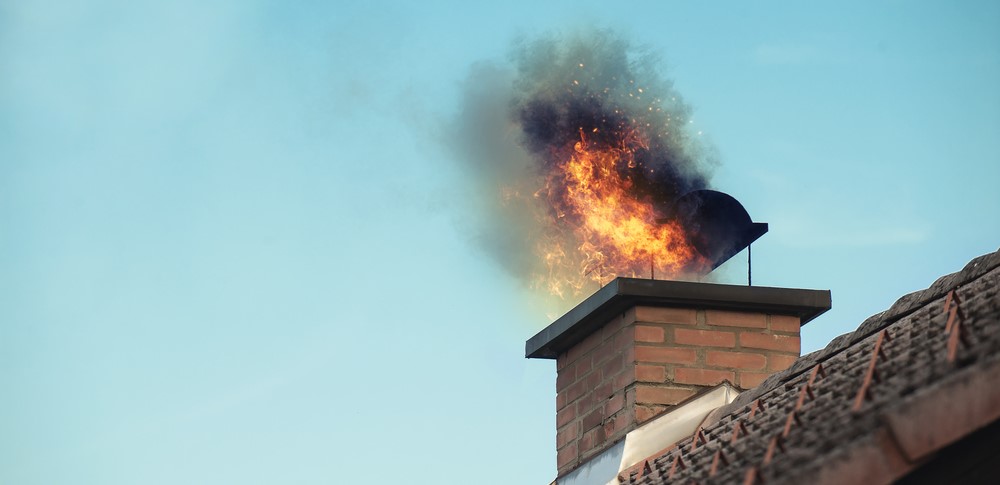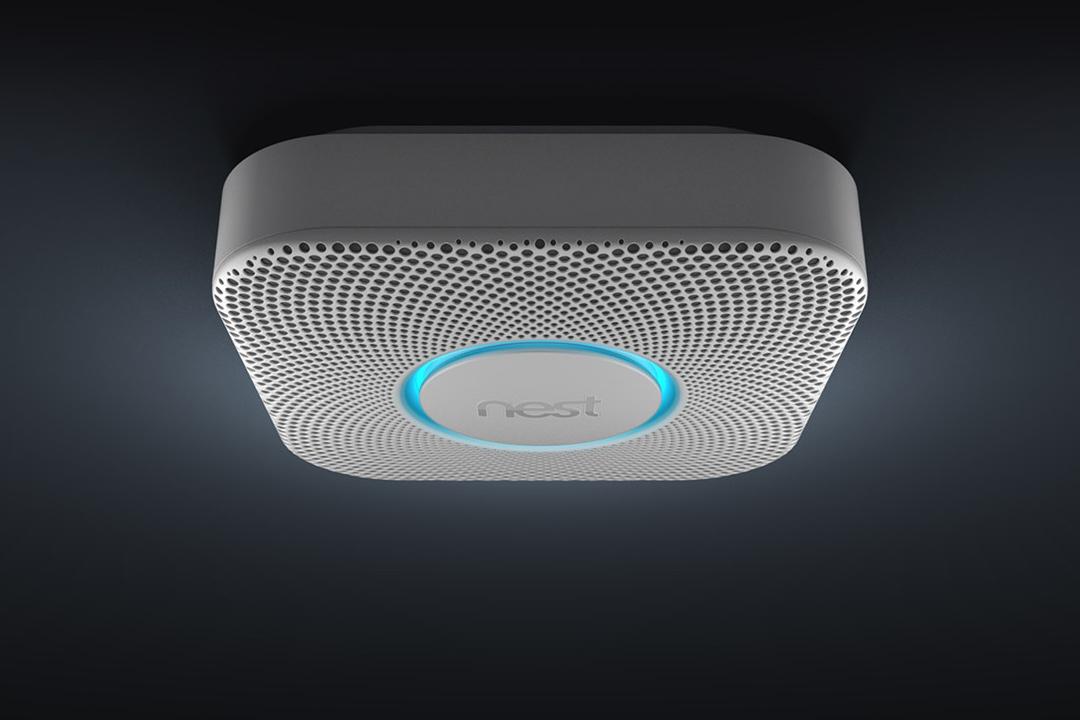
10 Tips for Maintaining a Wood-Burning Fireplace
10 Tips for Maintaining a Wood-Burning Fireplace
Sitting in-front of a wood-burning fireplace is one of the many joys of winter. Stay safe by making sure your fireplace is properly maintained prior to use.
- Safety First
- Test the Fireplace
- Clean the Interior of the Fire Place
- Remove Soot and Creosote Buildup
- Hire a Professional Chimney Sweep
- Buy the Right Firewood
- Replace the Fireplace Screen
- Install Smoke Alarms and Carbon Monoxide Detectors
- Check the Chimney for Problems
- Hire a Professional to Fix your Fireplace
1. Safety First
Wood-burning fireplaces can be a great heating source and form of entertainment in your home, but if you do not maintain it properly it can lead to devastating consequences. Whether you use your fireplace on a regular basis or only during the colder months, you should still check regularly that it is installed and operating properly to prevent a house fire.
The easiest way to prevent an unexpected fire is to make sure you prevent embers from jumping out of the firebox, you should always have a screened in fireplace with either a wire mesh or glass doors.
The smell of smoke can be comforting, but according to the US Environmental Protection Agency, smoke is not good for you. If smoke is exiting the firebox into your living space, then there is an issue and you need to get it checked out before using it again.
Kids love to sit and watch the wood burn down and may be tempted to touch the fireplace or try to put more wood in the firebox on their own. This can lead to serious injury, young kids especially should be watched closely to make sure they are being safe around fire.
2. Test the Fireplace
Prior to using your fireplace a lot, do a quick test or two to make sure everything is functioning properly. Make sure smoke is released from the firebox up through the chimney rather than into the home. A few quick tests will guide you on what actions to take next in cleaning your fireplace and doing proper maintenance.
3. Clean the Interior of the Fire Place
A wood-burning fireplace creates quite a bit of waste in the form of ash. Ash is a dirty substance and will quickly build up in your firebox. Cleaning the interior will also improve the aesthetics of your fireplace but it will also make it more efficient in providing you with heat. Did you know that ash is actually an excellent source of nutrients for plants? Simply spread the ash throughout your garden!
Ash is very dusty and contains small particles that can enter your lungs and cause health issues. It is extremely important to always where appropriate face masks and gloves when cleaning out your fireplace.
Guess what, fire burns! This should be obvious, but make sure you only do a deep clean when the fire has been put out and cooled off. Sometimes you may need to use a fireplace shovel to scoop out excess ash while the fire is burning, work carefully and dispose of it in a container that won’t catch fire.
4. Remove Soot and Creosote Buildup
This closely relates to the previous section about cleaning your fireplace, but we wanted to specifically talk about the buildup of Creosote.
Creosote is carbonaceous chemicals created by various materials, such as wood. Wood that was not thoroughly dried or stored properly can cause even more Creosote than normal. Creosote is often brown or black residues or tar on the walls or face of the chimney, this residue is flammable and can also become an obstruction in your chimney. Soot can also cause chimney fires, it’s important to get these substances removed by a professional.
5. Hire a Professional Chimney Sweep
Cleaning and maintaining your wood-burning fireplace can be a messy, hazardous job that you may not want to take on yourself. It may be faster and easier to simply hire a professional chimney sweep or service technician to clean and maintain your chimney. A professional will have the required tools and can dispose of any waste in an environmentally safe manner.
It is important to remember that a fireplace is more than just one box in your house, there is an entire chimney shoot to maintain (both inside and out) that needs to be regularly inspected for cracks, soot and Creosote buildup, leaky areas that could cause wet ceilings, damp attic insulation and even mushy drywall. Don’t let a small issue, become a big issue by not having proper fireplace maintenance.
6. Buy the Right Firewood
Choosing the right firewood for your fireplace is an important factor on how quickly your fireplace gets dirty. Softwoods are often more expensive than hardwoods, but they burn faster and leave behind a fine ash that can be difficult to clean up. In additional to more ash, softwoods also leads to more build up of creosote.
Spruce, cedar, poplar and balsam are examples of softwood and maple, oak, ash and birch are harder woods that create a hotter more consistent burn.
As far as wood storage goes, you should keep it on a rack outside the house but in a clean dry area. You will also want to make sure to keep vermin and insects away as they could then end up in your house.
7. Replace the Fireplace Screen
Having issues keeping embers and ashes from entering your home? It may be time to replace your fireplaces screen. It’s an affordable solution to keep your home safe, plus they can be highly decorative as well.
8. Install Smoke Alarms and Carbon Monoxide Detectors
Fireplaces can be a great source of warmth but it can also create health hazards from burning all of that wood. Typically, if your fireplace is installed and working correctly, you shouldn’t have any problems. If your fireplace is not in proper working order then you are subject to carbon monoxide poisoning. Carbon monoxide is an odorless and colorless gas that can be difficult to detect. Installing a carbon monoxide detector can help detect issues before they become lethal.
Smoke may also enter your home through an improperly working fireplace. It is important to make sure there is no dirt or other objects blocking your chimney and be sure to have a working smoke detector installed nearby.
9. Check the Chimney for Problems
You should regularly check your chimney for cracks, dents or rust which could all be signs of bigger issues. If you find issues, you should talk to a professional to determine the best course of action to remedy the issues.
At the top of a chimney there is usually some sort of cap, typically it is made out of stone or metal. This cap is intended to keep water, birds and other foreign objects out of the fireplace. The cap also has a screen to reduce sparks, make sure this screen is in proper working order and replace if needed.
10. Hire a Professional to Fix your Fireplace
It is ok to bring in a certified chimney sweep to clean and inspect your fireplace, don’t feel like you always have to do everything yourself. You should have a professional inspect your chimney at least once a year, more if you have a lot of creosote buildups or other noticeable issues.
Home Pro Partners
Skilled laborers... publish a Home Pro Partner profile and invite trusted referral partners to your company profile.
Reach new customers with Home Pro Partners, no lead fees, no gimmicks, no hassle.












Recent Comments